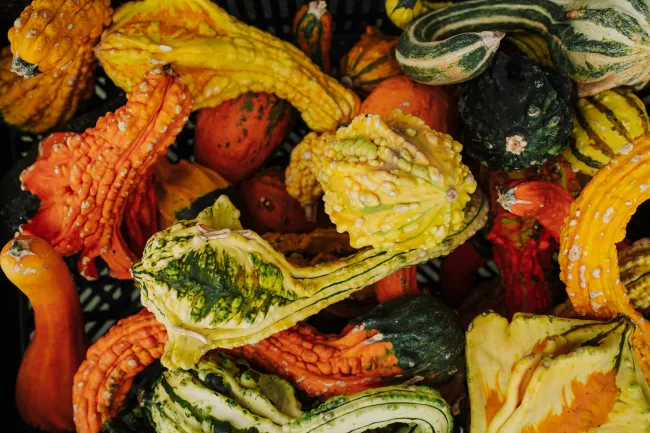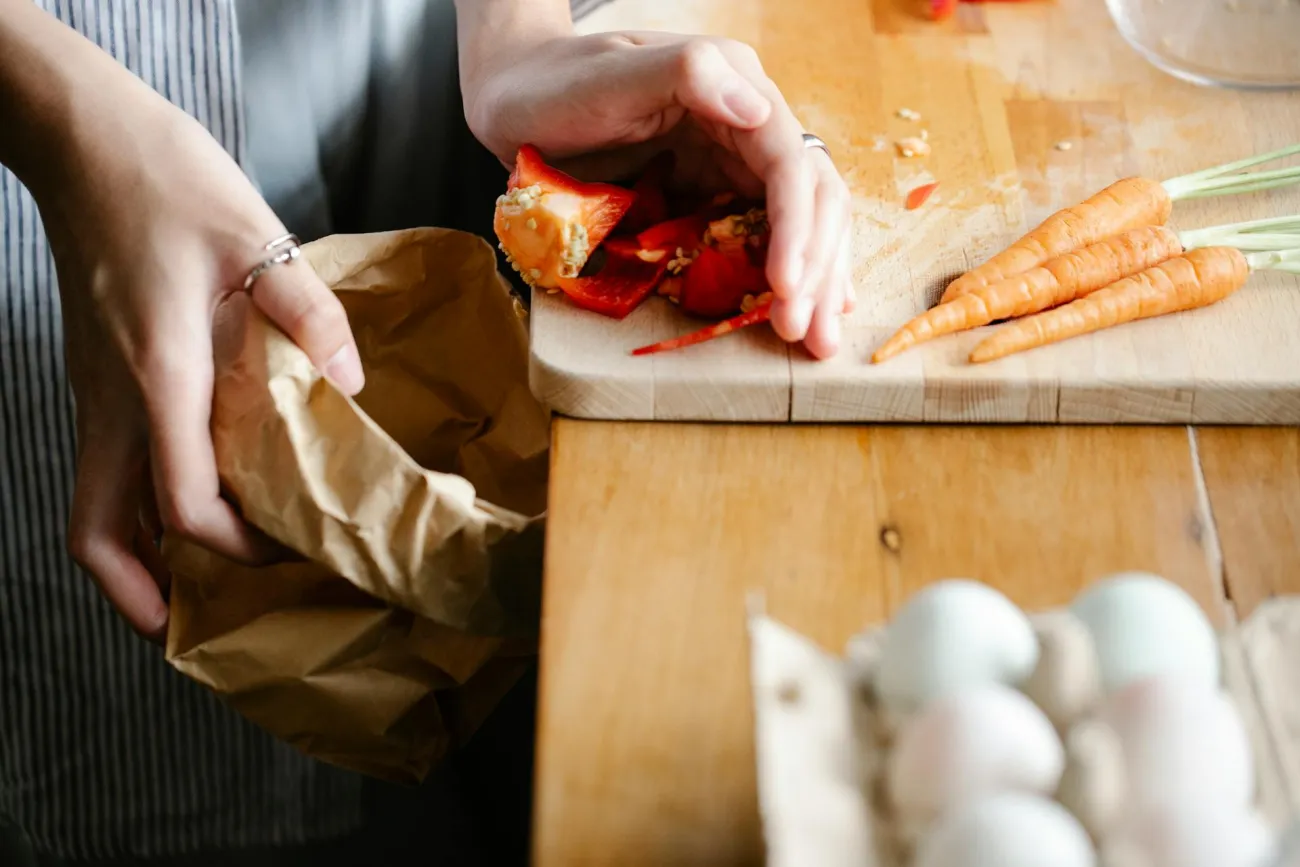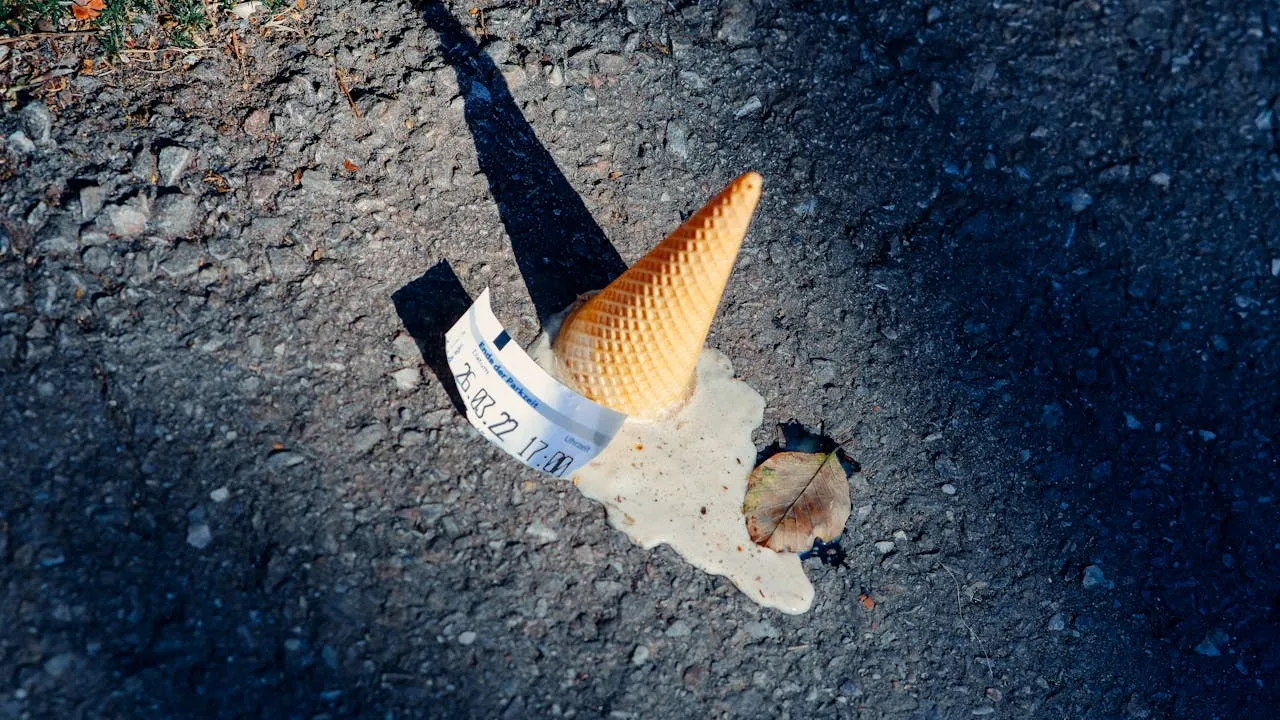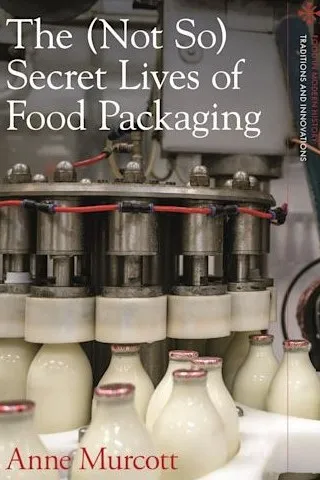This study examines how storytelling can change consumer perceptions toward unattractive food, such as fruit and vegetables. It finds that a combination of storytelling and marketing practices such as coupons significantly increases the consumption of unattractive food, and recommends that retailers employ such methods to reduce food waste.

Abstract
In a world where food insecurity and food waste paradoxically coexist, the rejection of aesthetically imperfect yet edible produce significantly contributes to food waste. This study examines the application of compelling storytelling to alter consumer perceptions and behaviors toward unattractive produce, a perspective largely overlooked in sustainability research. We address this gap by exploring how storytelling can mitigate cognitive biases against such produce, thereby enhancing consumer acceptance through improved perceived taste. In Study 1, we examine the effect of unattractive produce on produce valuation and the mediation of perceived taste. In Study 2, we investigate the moderating role of storytelling in enhancing consumers' perceived taste of unattractive food. Through two experimental studies, we confirm that combining storytelling with marketing tactics, such as coupons, significantly increases consumers' consumption of unattractive produce. We recommend retailers utilize storytelling in marketing unattractive produce to optimize marketing effectiveness and promote sustainable food consumption. Our findings advance storytelling, visual marketing, and unattractive produce literature and offer practical insights for reducing food waste, contributing to sustainability efforts and social welfare. By employing a storytelling strategy, we support social good by encouraging the consumption of “ugly” produce.
Reference
Read more here. See also the TABLE explainer, An overview of food system challenges.




Comments (0)